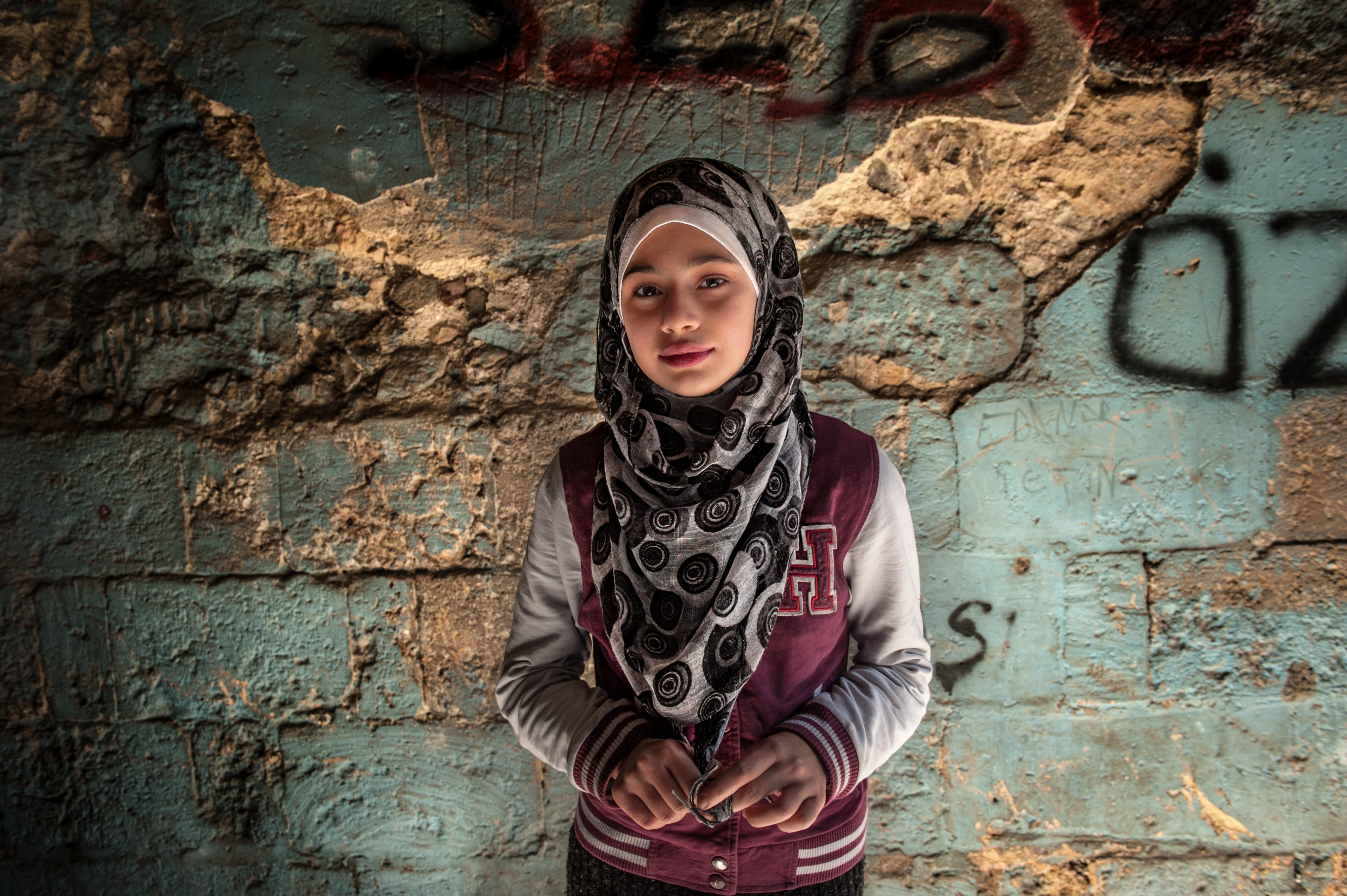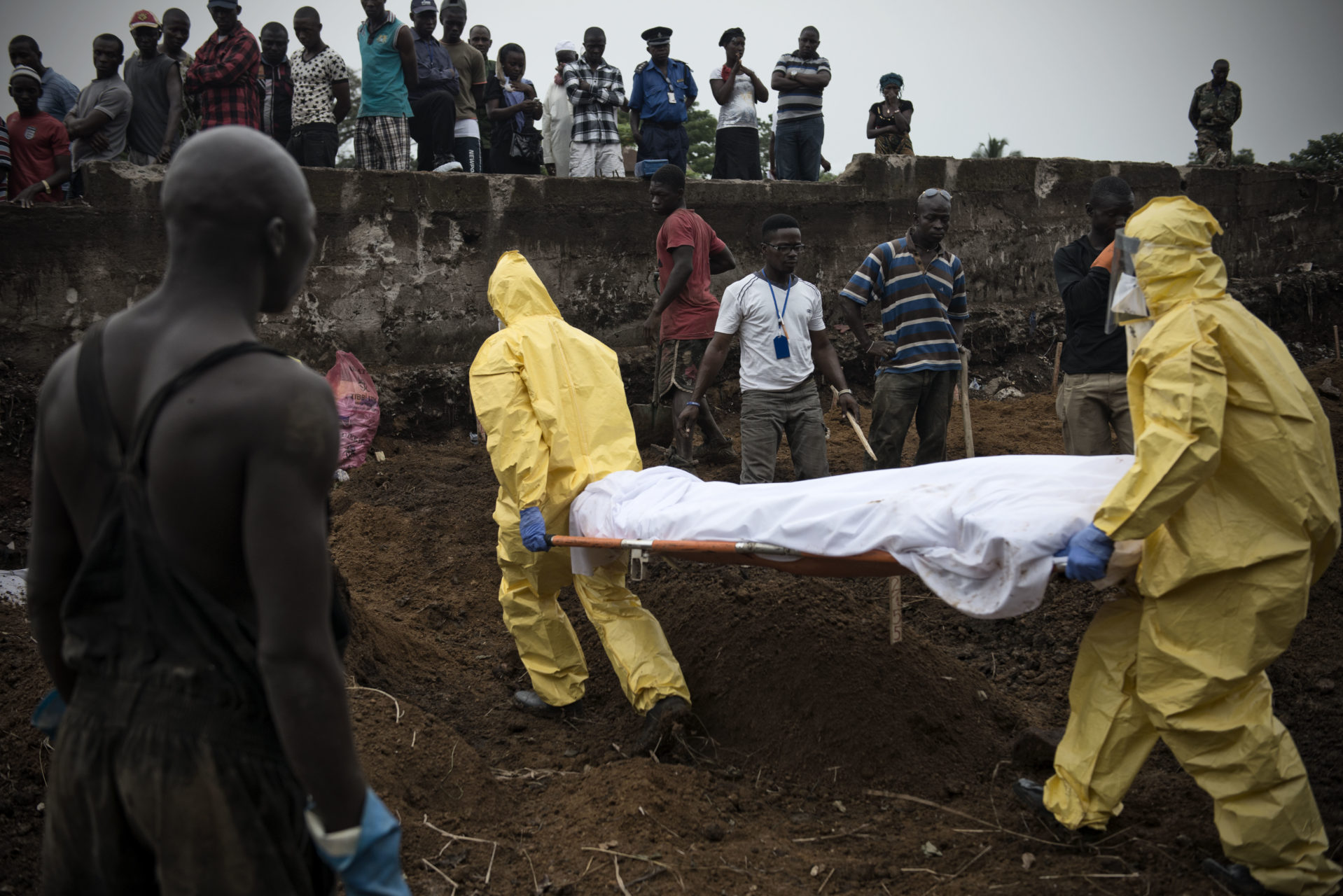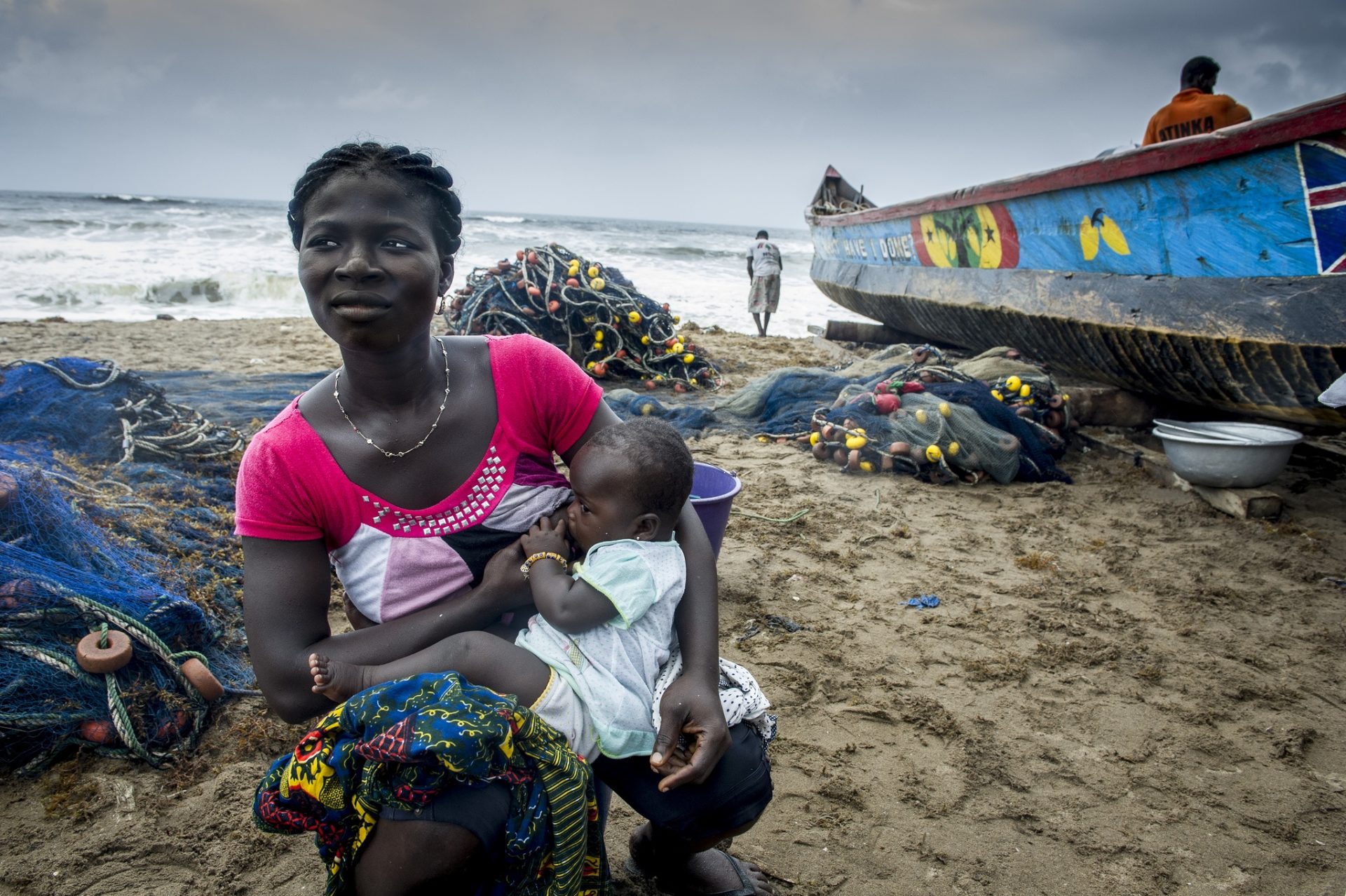
Countries in Conflict
Over the past decade, an unprecedented number of global humanitarian crises have emerged or intensified, resulting in 131.7 million people in need of humanitarian assistance. This figure includes 68.5 million people who have been forcibly displaced, including 25.4 million refugees and the largest driver of this increased need is protracted armed conflict, including mass displacement and gender-based violence, on top of continued response to catastrophic natural disasters, which have been complicated by the effects of climate change.
Women, youth, and children are disproportionately impacted by conflict and crises, and deserve additional programmatic and policy consideration. Ongoing threats also include the threat of famine in South Sudan and Yemen, as well as the potential for disease outbreaks, such as Ebola.

Key Crises
Afghanistan: 6.5 million people in need; approaching 40 years of continuous conflict.
Bangladesh: Hosting approximately 900,000 refugees.
Central African Republic: 2.9 million people in need; historically one
of the least funded humanitarian response efforts.
Democratic Republic of Congo (DRC): 13.1 million people in need; 1.9 million people have been displaced since January 2017.
Ethiopia: Over 1 million people have been forcibly displaced in 2018.
Iraq: 8.7 million people in need.
Myanmar: 863,000 people in need; not inclusive of approximately 900,000 Burmese refugees in Bangladesh.
Nigeria: 7.7 million people in need.
Somalia: 5.4 million people in need.
South Sudan: 7 million people facing severe food insecurity; 4.2 million people displaced since the conflict began in 2013.
Sudan: 5.5 million people in need.
Syria: 13 million people in need; civilians and humanitarians have been targeted throughout the conflict.
Syria (regional response): 5.3 million Syrian refugees in the region; fleeing Syrians have increasingly unable to find refuge in neighboring countries.
Venezuela: Over 1.5 million people have fled the country since 2014; the government has refused humanitarian aid, downplaying the severity of the crisis.
West Bank and Gaza: 2.5 million people in need; the U.S. government withheld over $500 million in appropriated funding for bilateral assistance and Palestinian refugees in 2018.
Yemen: 22.2 million people in need, including 17.8 million who are food-insecure; Congress enacted certification requirements on Saudi and Emirati military conduct in section 1209 of the National Defense Authorization Act for FY19.

InterAction Crisis Working Groups and Field Missions
InterAction supports international NGOs in the field, our membership, and policymakers through regular humanitarian field missions and country and regional working groups. In recent years, InterAction has conducted field missions all over the world including multiple missions to: Colombia, Iraq, Jordan, Myanmar, Nigeria, South Sudan, Syria.
Active crisis response InterAction working groups include: Africa Great Lakes, Horn of Africa, Iraq, Lake Chad Basin (Nigeria, Chad, Niger, Cameroon), Myanmar / Bangladesh, Sudan / South Sudan, Syria, Venezuela, West Bank / Gaza, Yemen.
Resources for Congressional Staff
Reliefweb The leading humanitarian information source on global crises and disasters. It is a specialized digital service of the UN Office for the Coordination of Humanitarian Affairs (OCHA).
FEWS Net The Famine Early Warning Systems (FEWS) Network is a leading provider of early warning and analysis on food insecurity. Created by USAID in 1985 to help decision makers plan for humanitarian crises, FEWS Net provides evidence based analysis on some 34 countries. Implementing team members include NASA, NOAA, USDA, and USGS, along with Chemonics International Inc. and Kimetrica.
UNOCHA Financial Tracking Service (FTS) FTS aims to present a complete picture of all international humanitarian funding flows. Since 1992, it has collected reports on humanitarian funding flows submitted by government donors, UN-administered funds, UN agencies, NGOs, and other humanitarian actors and partners, including the private sector.